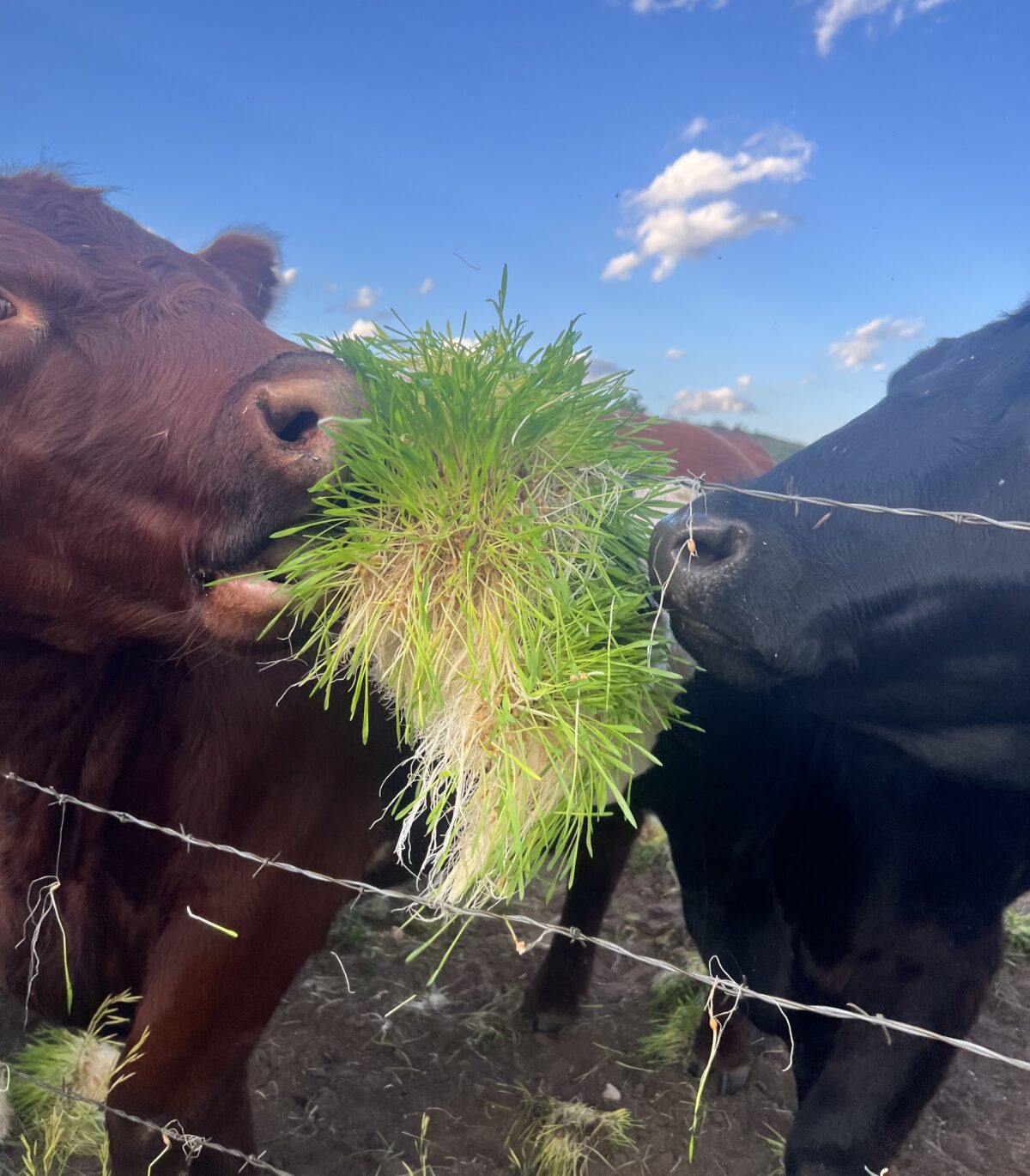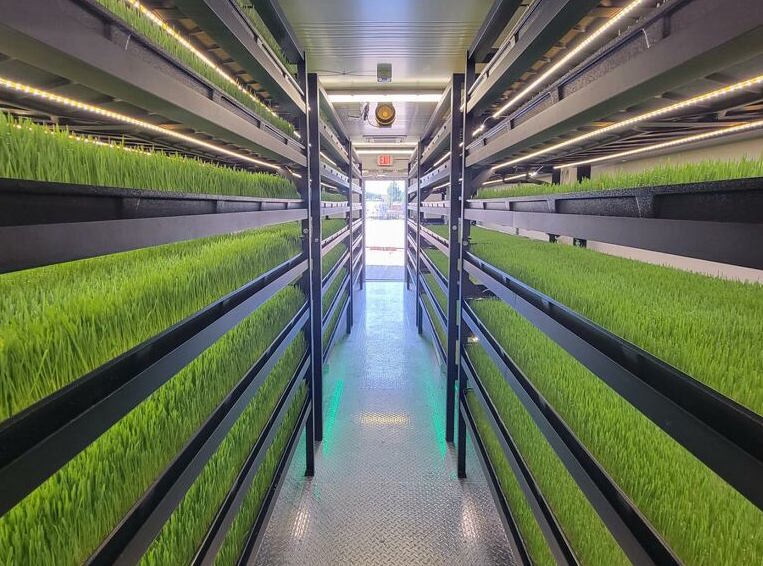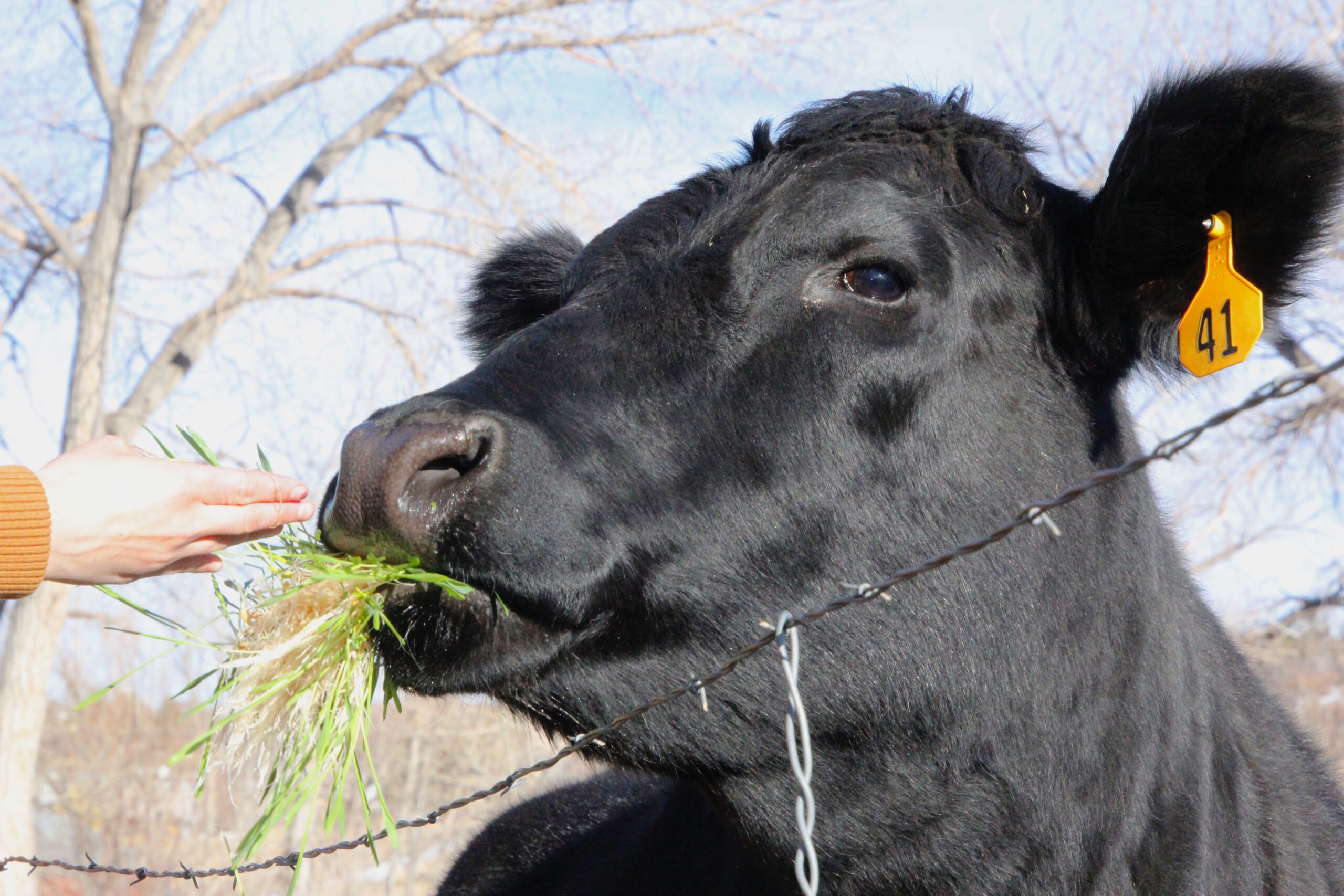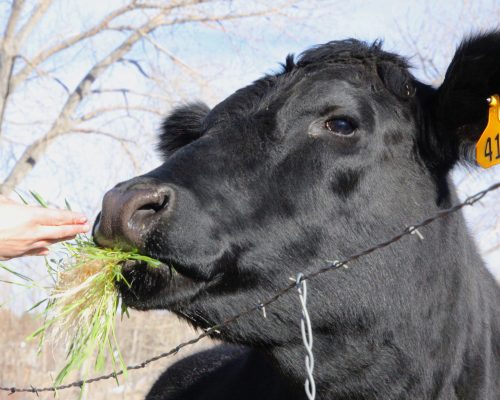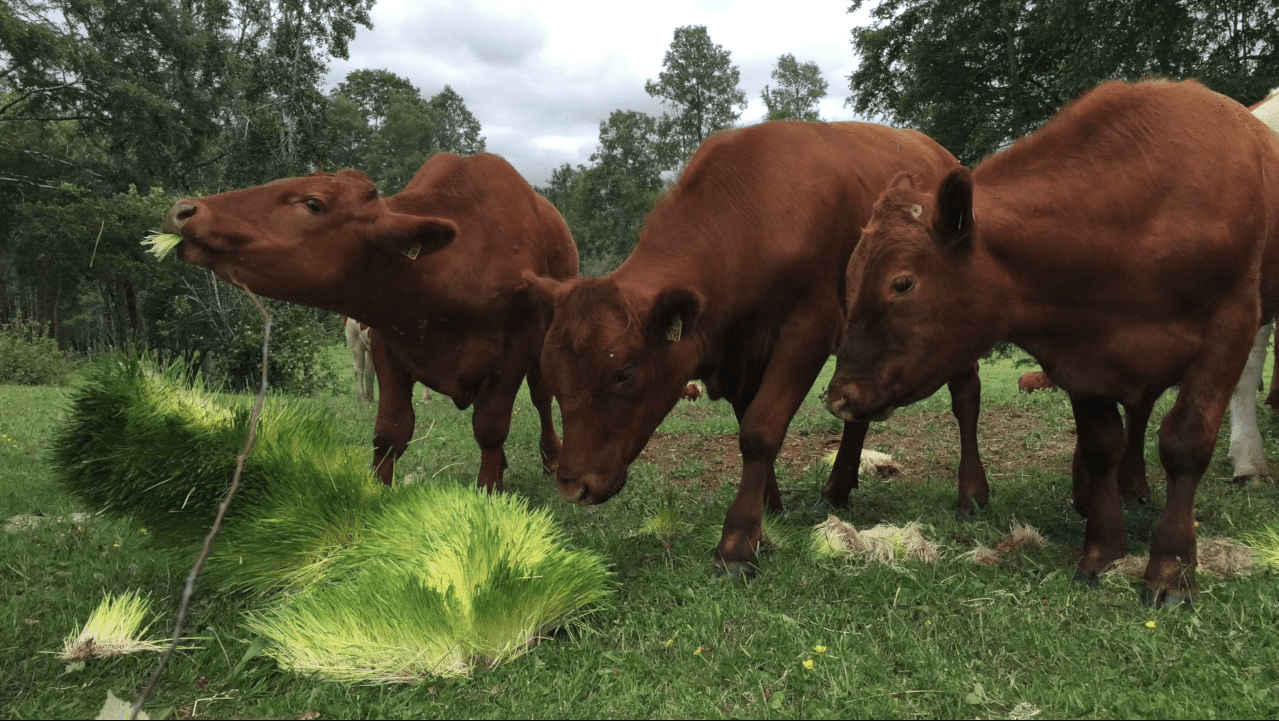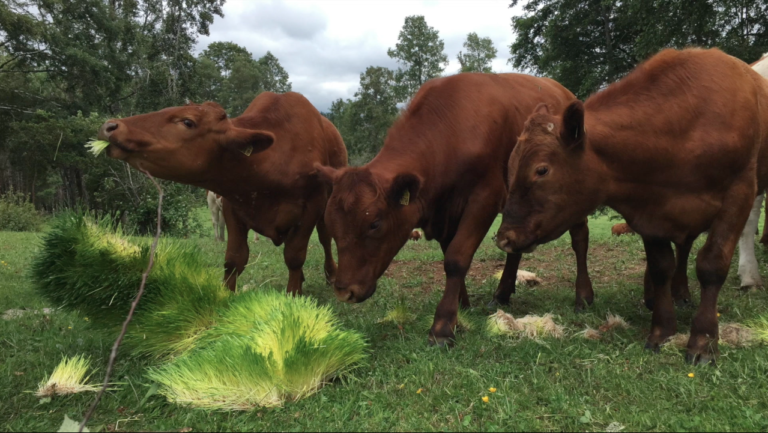Feeding livestock with hydroponic fodder — or sprouted grains grown in a soilless, nutrient-rich water environment — can offer several benefits to farmers and ranchers across the globe.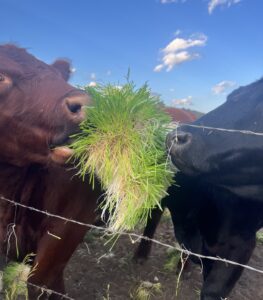
Hydroponic fodder is known for its high nutritional content. It’s often more digestible and contains essential vitamins and minerals, making it a valuable source of nutrition for livestock. Having year-round access to this dietary supplement is crucial, and when you’re growing in a controlled environment, it can be grown year-round, regardless of weather conditions. This ensures a consistent and reliable source of feed, reducing the risk of feed shortages during adverse weather or seasonal fluctuations. It also shields farmers and ranchers from spikes in feed prices.
And consider this: hydroponic systems use significantly less water compared to traditional field crops. The controlled environment allows for precise water management, making it an eco-friendly option, especially in drought-stricken regions with water scarcity concerns. A Hydroponic Fodder Farm made by FarmBox Foods uses around 1 percent of the water needed for a traditional grow with the same annual yield (30-35 acres).
It’s also worth noting that containerized hydroponic fodder systems require far less land than traditional forage crops. This is advantageous in areas where land is limited or expensive.
Hydroponically grown fodder typically grows faster than traditional crops. A fodder FarmBox supports the growth of most cereal grains, but we recommend using barley grain because of its nutritional value and quick growth cycle. This rapid growth can help maintain a consistent supply of feed for livestock, around 850 pounds per day.
Hydroponic systems are also less susceptible to pests and diseases that can affect soil-grown crops. This often results in healthier fodder for your livestock.
While the initial investment in hydroponic fodder systems can be high, the long-term operational costs may be lower due to reduced water usage, improved feed conversion rates and onsite growing that reduces or eliminates the need for outside sources. Over time, this leads to cost savings.
Hydroponic fodder is often more easily digestible by livestock, leading to better feed conversion ratios. This means that animals can convert the feed into weight or milk more efficiently. And because hydroponic fodder is more digestible, the animals emit less methane, thereby reducing greenhouse gas emissions for larger operations.
The nutritional content of hydroponic fodder can contribute to better overall health and production in livestock, potentially reducing the need for supplements or veterinary interventions. Ingestion of fodder also reduces the likelihood of colic and laminitis.
Environmental sustainability should also be part of the discussion. Hydroponic fodder systems are designed with sustainability in mind, minimizing soil erosion, pesticide usage, and water wastage, which benefits the environment.
Specific livestock dietary needs should be considered before implementing hydroponic fodder as a primary feed source. FarmBox has a full breakdown of nutritional content, dry matter ratios and more so you can have an informed conversation with your veterinarian or livestock nutritionist.

